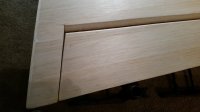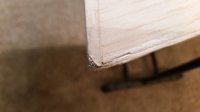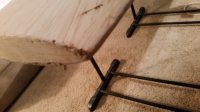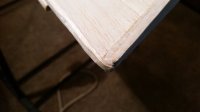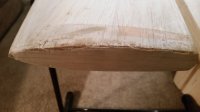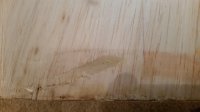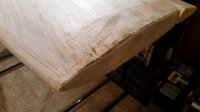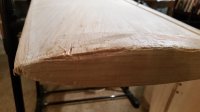HRRC Flyer
GSN Sponsor Tier 1
Hey @stangflyer,
I have a dumb question for you. How old do you think the plane is? Maybe the original builder had to use two servos to get the torque that was needed (with shorter arms of course). Then again, the rails in the "inside" holes look allot more worn that the rails in the outside. So maybe someone made new pockets and never worried about fixing the old ones.
I have a dumb question for you. How old do you think the plane is? Maybe the original builder had to use two servos to get the torque that was needed (with shorter arms of course). Then again, the rails in the "inside" holes look allot more worn that the rails in the outside. So maybe someone made new pockets and never worried about fixing the old ones.

